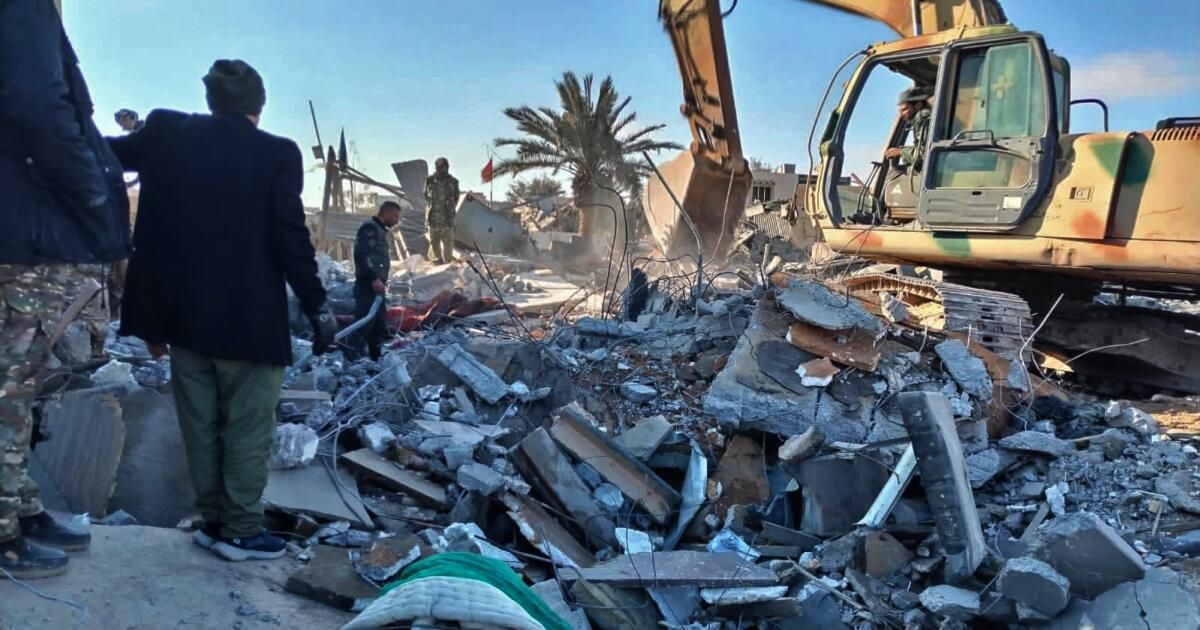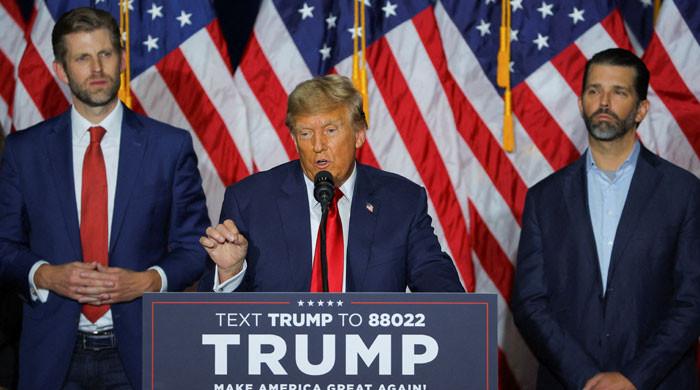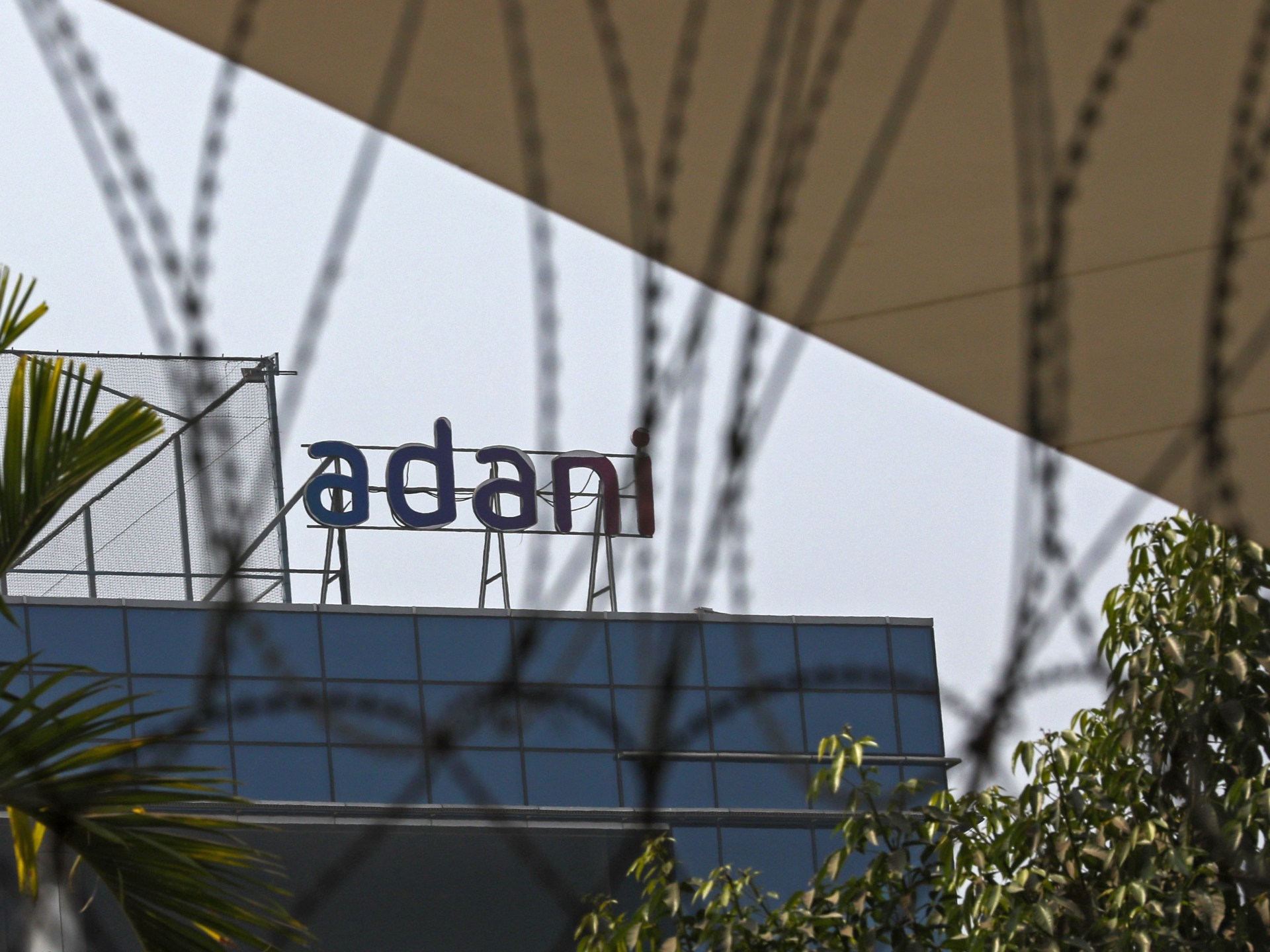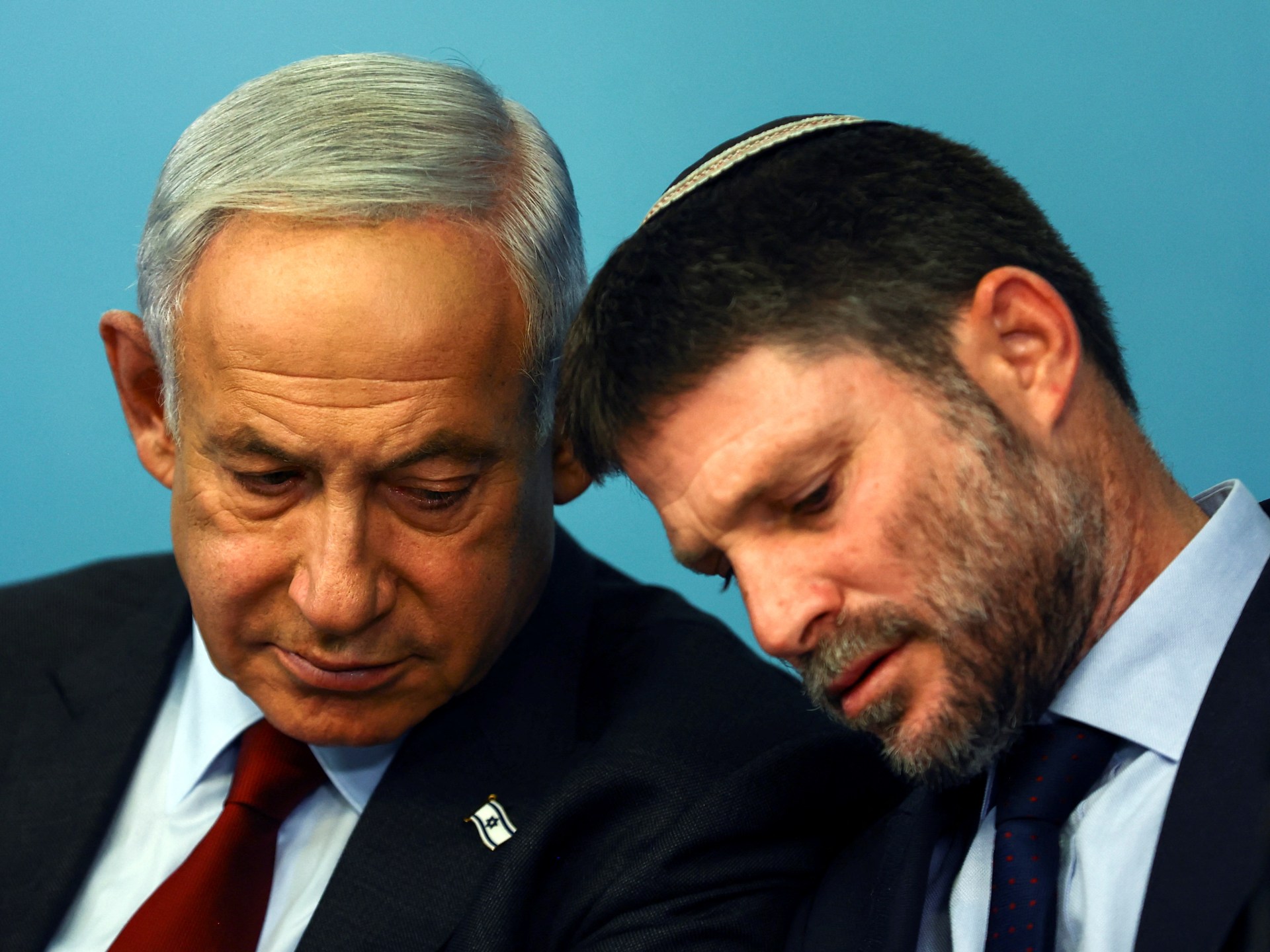The recent US airstrikes against Iranian-backed militias were the largest that President Biden has ordered since taking office, clearly large-scale retaliation for a drone strike that killed three US soldiers in Jordan.
But they were also designed as what some officials mischievously call a “Goldilocks” option: big enough to cause significant damage, but not so big that Iran feels compelled to respond.
Friday's attacks in Iraq and Syria caused considerable damage to missile sites and other facilities used by Iran's allies in those countries. On Saturday, the United States and Britain attacked Houthi rebels in Yemen, supplied by Iran, who have been attacking international shipping in the Red Sea.
But if the goal was to deter Iran and its allies once and for all, it is unlikely to succeed.
The objective of the offensive was more than simple retaliation. Their goal was to destroy as much of the Iranian proxy forces' weaponry as possible and deter the groups from future attacks, all without starting a major war with their backers in Tehran.
“The goal here is to stop these attacks,” said National Security Council spokesman John Kirby. “We are not looking for a war with Iran.”
In that sense, the operations appeared to be successful, at least in the short term.
Iran condemned the attacks but did not threaten retaliation. Instead, he warned the United States not to attack two Iranian ships in the Red Sea suspected of being used by Iran's Islamic Revolutionary Guard Corps. Even before the airstrikes, the largest Iranian-backed militant group in Iraq announced it was “suspending” attacks on American targets. (That did not prevent the Kataib Hezbollah group from being attacked.)
But in the long term, Iran and its proxies will almost certainly regroup and seek new opportunities to attack US military facilities and other US interests in the region.
The powerful Revolutionary Guard forces are too committed to the goal of driving the United States out of the Middle East to remain in power for long. The Guard's Quds Force has spent decades training and equipping pro-Iran militias in neighboring countries.
Furthermore, the militias in western Iraq and eastern Syria that are targeted by airstrikes have their own reasons for continuing to fight: expelling the United States from the area is also their political brand.
“They are not robots entirely controlled by Iran,” said Vali Nasr of Johns Hopkins University. “They have become the representation of anti-Americanism in Iraq. Every hit and counterattack strengthens that. [status].”
And the continued presence of more than 6,000 U.S. troops in Iraq, Syria and Jordan — a deployment that many Americans likely forgot about until the Jan. 28 drone strike killed three people at a desert base — still offers a tantalizing list. of objectives.
The troops are there as a result of the U.S.-led war against the Islamic State, the bloodthirsty terrorist group that took control of much of Iraq and Syria in 2014. The United States, Iraq and other allies defeated the Islamic State in the battlefield in 2019. But remnants of the group still roam the deserts of Syria and Iraq, and some 10,000 of its fighters are marooned in Kurdish-run prisons in northeastern Syria because no country will take them.
Officially, the American deployment in the desert is aimed at helping Iraqi and Kurdish forces prevent the return of the Islamic State. But in recent years, American units have taken on an additional unofficial mission: monitoring the Revolutionary Guard and its increasingly capable proxy forces. Small American detachments are neither authorized nor equipped to wage war against the guard or anyone else.
Iranian-backed militias have attacked US units more than 150 times since October with missiles and drones, most of which missed their targets.
“The militias were created for exactly this purpose,” said Charles Lister, a Syria expert at the Middle East Institute in Washington. “They are local and we are not. They can afford to follow a long-term attrition strategy. “We don’t really have a way to counter that.”
This has created a dilemma for American policymakers. The US military presence was never intended to be permanent, but withdrawing now would likely allow the Islamic State to re-emerge.
Republican hawks maintain that the problem can be easily solved. “Hit Iran and hit it hard,” said Sen. Lindsey Graham (R.S.C.). he urged last week. But Graham and his colleagues would not be responsible for the consequences if a major war broke out between the United States and Iran.
That's why the Biden administration opted for what it hopes will turn out to be the Goldilocks option. If airstrikes cause enough damage, Iranian-backed militias will at least have fewer drones and missiles to launch against American targets.
“As always, there are no good options,” said one former senior official.
The most likely outcome, experts say, is that the militias will pause, but not for long. That's essentially what happened in 2020 after then-President Trump ordered the assassination of Gen. Qassem Suleimani, commander of the Revolutionary Guard, while he was visiting Iraq.
At some point, one of those Iranian-backed groups is likely to strike again, whether to serve the Islamic Republic's interests or its own.
The cycle of attacks and retaliation will begin again. This is how the Middle East works.












